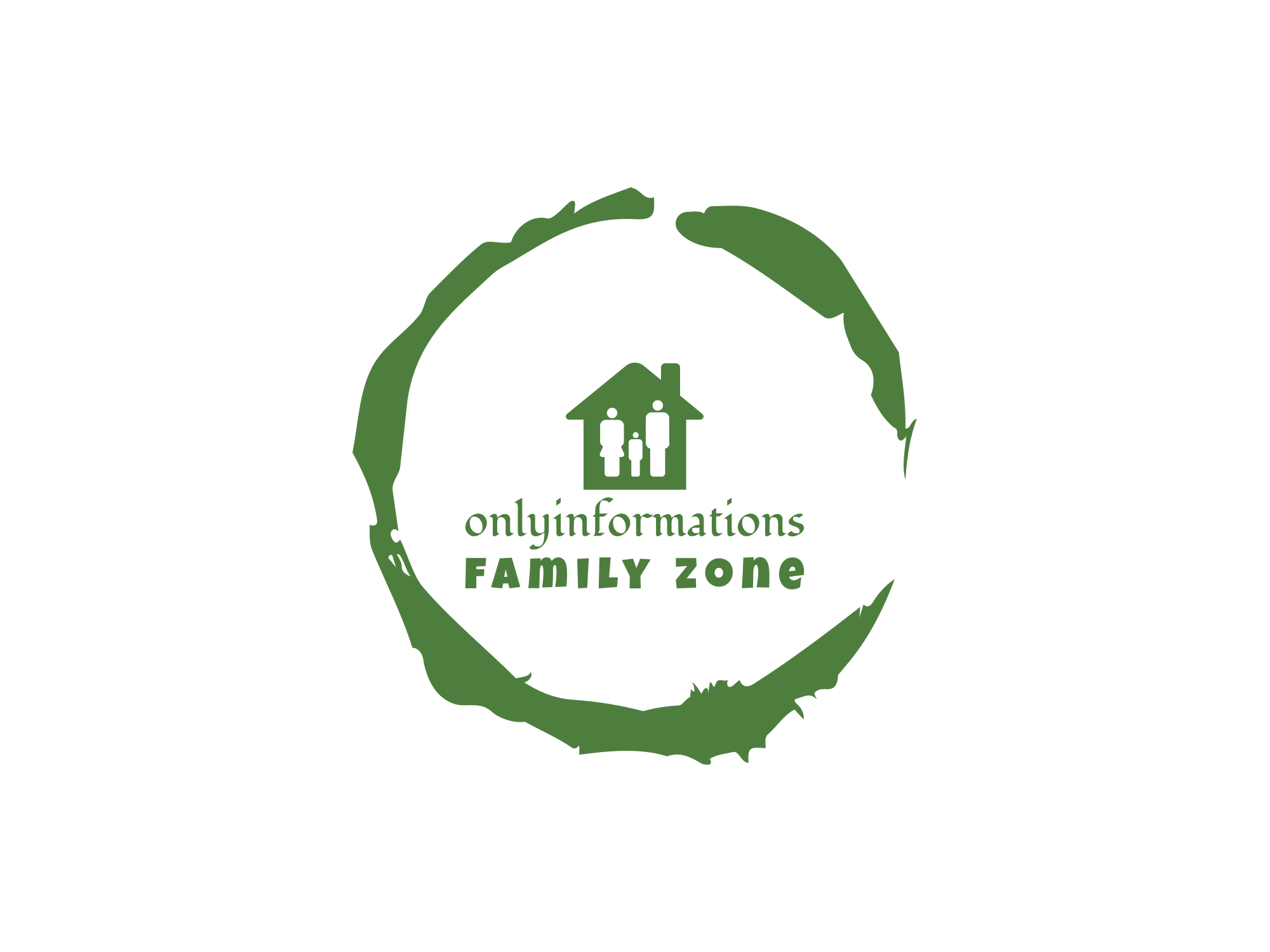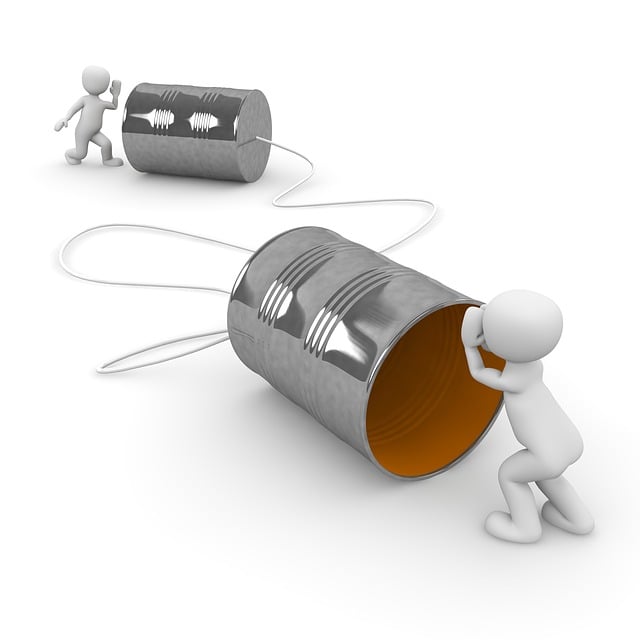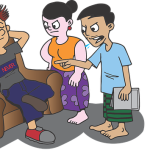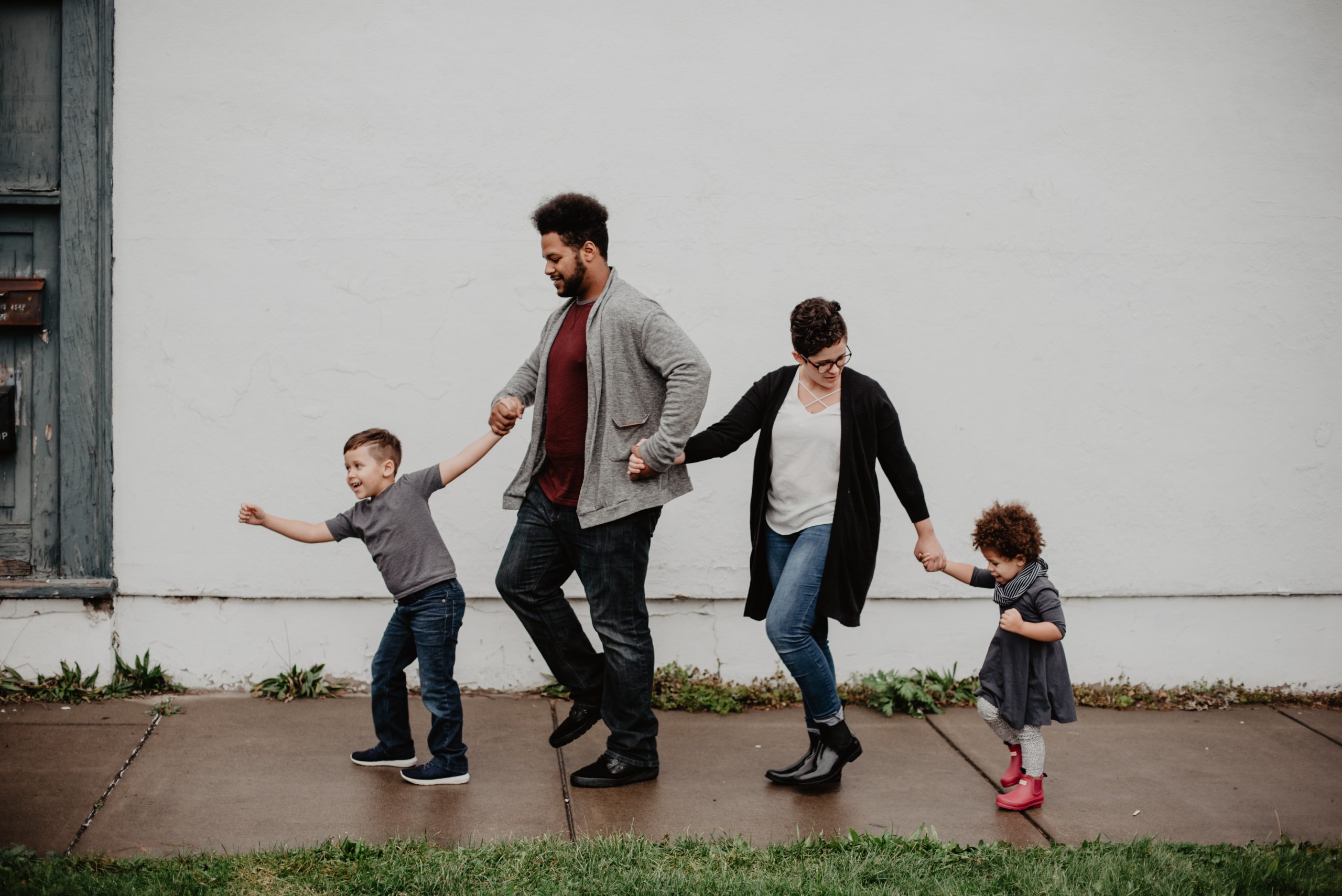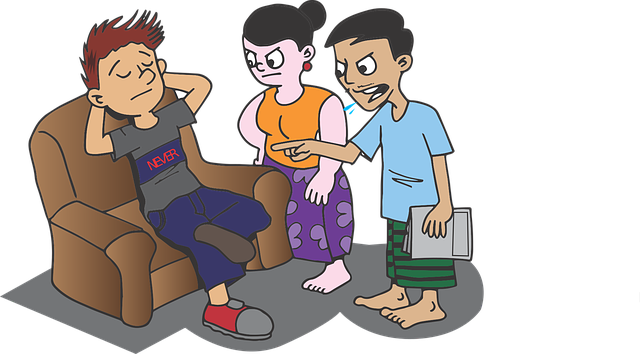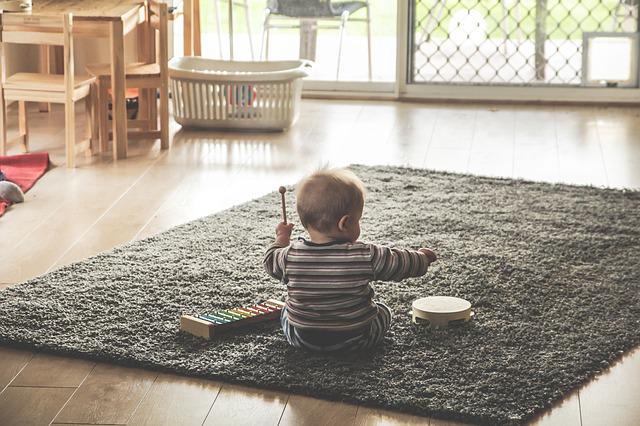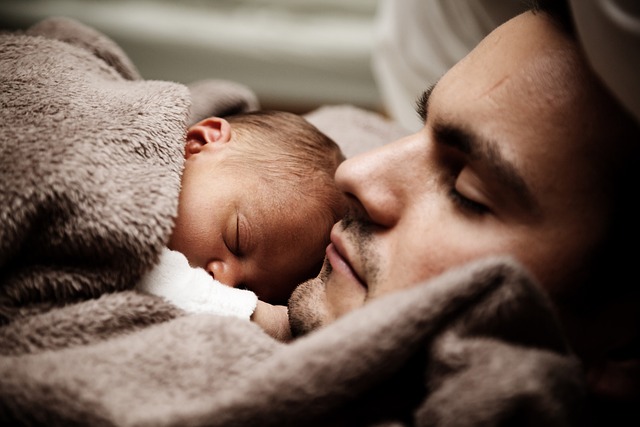How Do You Cultivate Practical Communication Skills In Children
Communication Skills In Children
There is no other thing that practical communication skills in children are the key factor in grooming. Additionally, this is the primary factor that affects the social and emotional in children growth. By using strong communication skills, children can confidently express their thoughts appropriately.
However proper communication skills come with positive responses. Children need to be more confident to speak with everyone in early childhood. But when the same situation comes in a parent-children relationship, then it shadows the children’s confidence. That’s also why children become shy and nervous while speaking with everyone. Children’s questions and queries should be answerable using the proper wording and style to teach them how to communicate precisely.
Conversation In a Consistent Manner
Every conversation with the children should be complete, and a learning point of view as children are in the learning phase even when playing. The famous Montessori school system is based on the same principle that teaches innocent children by doing practical instead of theoretical whiteboard charts and lectures. So we can use open discussion with our children. Discuss every matter upon their understanding level, whether it is news or the current situation of society. This is the way how we can keep our children up to date and enhance their communication Skills In Children.
Communication Environment
There are other ways to teach than answering questions or queries. Still, building a good and healthy communication environment around the children is a specific action by the parents and caregivers. That’s why schools fully equipped with the modern technique of provision of study environment are more popular among parents than others.

Mother Language for Communication Skills In Children
By birth, there is no specific language in children. The language they listen to from their surroundings becomes their mother language. It is the mother language because the mother is the first to teach her children how to speak and live. That’s the reason children are susceptible to communication because whatever they hear becomes their communication. So everyone, including parents, teacher’s relatives, and others in the surrounding, should be careful to speak while children are around. So as they enter their further groomed age or become with the passage of year & year use more words relevant to same communication pattern and style by themselves. But talking and being kind never changes the whole life as what builds in the childhood period.
Understanding Level Concerning Communication Skills In Children
Ultimately, every parent and teacher should realize that all children are not on the same level. Some have very high memory and understanding while picking the lessons, but others may take a long time to do the same. So parents and teachers should wisely take every child with the same frequency to get better results and groom them well. This is the best support seeking every child from their parents and caregivers. Communication can never be forcibly enhanced and groomed. It’s only possible by doing as a role model. Children will pick the same frequency and style that comes from their surroundings. So create such an excellent well-spoken atmosphere around the children.

What is a child communication checklist to follow?
There is no specific child communication checklist that implements concise results. But somehow, we can get the benchmark of various home and school advisors’ research to develop some standard principles that are probably helpful for every parent and caregiver. It could be less or more according to some exceptional scenarios and situations.
The checklist sounds more like a question-answer to assess the children’s grooming level and how much assistance they require to cover if there is any gap in between.
Speaking Ability
The first thing to observe is the speaking power and the pronunciation of words. Children slowly learn to speak the right words. So the correction of speaking gives us an idea of their linguistic level. The correction should be at the beginning of learning can bring much more good pronunciation and norms for the child.
Grammar Skills
Then we must observe the children’s grammar skills and how they use the sentence with the situation. Using accurate grammar in speaking words gives the proper level of communication.
Vocabulary
Afterwards, vocabulary is also considerable. However, vocabulary can only be updated by hearing from the surroundings, so the more knowledgeable the atmosphere surrounds, the more the children’s language.
Most importantly, children are good at listening and absorbing the words from their surroundings and how much it is to judge their memory and understanding level.
Participation In The Conversation For Communication Skills In Children
If everything above is fine and perfect according to age, it is essential to know that children participate in the discussion and speaking. So the more interest there is, the more and more robust the communication level will be.
This is a straightforward and standard evaluation checklist that can be applied to every child to assess the children’s communication level. But for sure, it varies from child to child. And most important, this is just used by everyone, but the authentic evaluation, if needed, should look for some professional person.
What are child communication disorders?
Child communication disorder refers to the complications children may have with communication. This includes speaking ability, listening, and understanding lack issues. This disorder badly impacts the child’s mental growth and social interactions, decreasing academic development and overall grooming. This disorder also includes voice and hearing matters. Proper language delivery issues are also considered in disorder.
Causes & Root Causes
Now let’s talk about the causes and root causes. This may be due to genetic and neurology issues. Sometimes everything is fine, but psychological stress could be the reason for parents’ attitudes and witnessing more violence and tension in the early childhood period. Most of the time, psychology does matter and can heal with time by changing the atmosphere and environment.

We need to know that one of the most important things in this situation is that every delay is not the disorder. Sometimes children take much time to develop the same level of skill that others can do quickly. So do not jump directly to sort out disorders unsuitable for the children’s grooming. They should observe for a long time consistently, and if they find anything in the category of blackness consistently, then look for a consultant first for the proper evaluation to find the disorders, if any.
What are the development stages of Communication Skills In Children?
Development and grooming of children begin from the moment of birth. A baby can adopt several things while in the mother’s womb. So every moment of children is the learner phase. But apparently, some of the major divisions of the development of the children are here for your kind information and review:
First Quarter
After birth to the first three months, the baby, called an infant starts giving expressions and gabbling sounds. But the period includes more crying infants who only know the crying tool to inform them of their necessities.
Somehow it’s not specific, but after the first quarter, infants start understanding and giving a signal in other ways. This is where I began to absorb the language. But a proper response is not expected here as it’s too early.
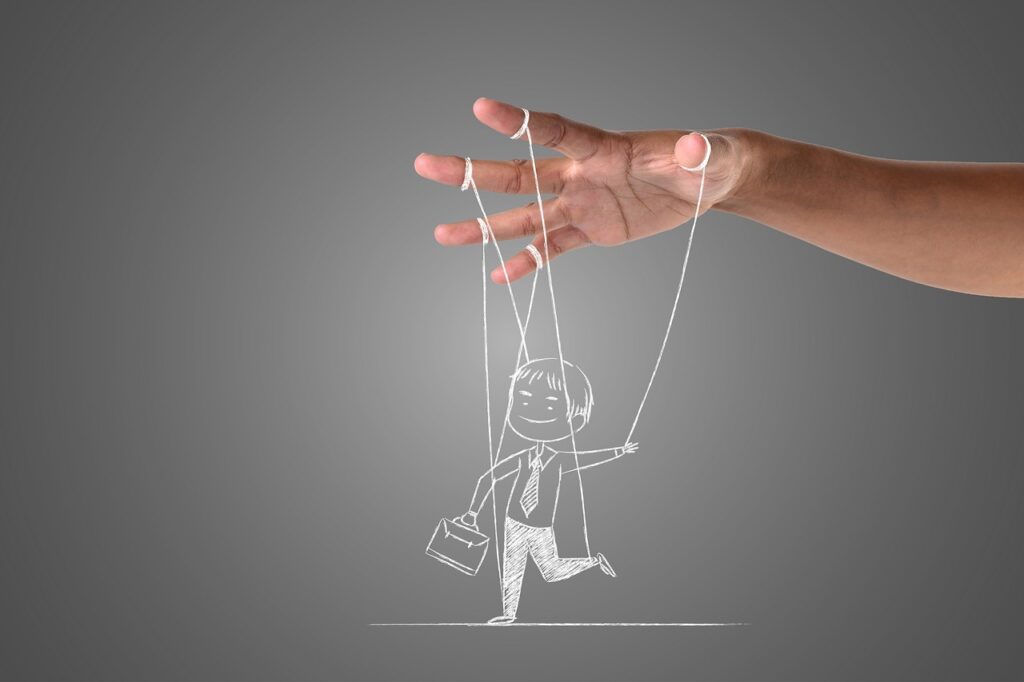
After One Year
Now we can jump to after one year of the period, which is in months, we can say 12 to 24 when the baby’s response begins, and movement also includes crawling, walking, etc. Also, try to speak with small words to convey their messages. This is when parents or caregivers should respond and engage the baby with discussion even if there is no talking correctly/ But for the grooming, speak with the baby and talk about everything about eating, sleeping, stories, etc.
After 24 Months
After 24 months, babies start correctly showing their grooming and understanding. This is the stage when babies know their names and respond to commands like, “Come here” Go back,” “Stand here,” “Sit there,” “Don’t go there” I am your mom,” I am your father,” etc.
After 36 Months
When babies cross 36 months, then nowadays, it’s time to send them to preschool Montessori to know the other faces as well. Preschool is also based on training the babies to communicate well and further understand commands and discipline. So babies are used to different looks and hands. That’s also part of their grooming.
That is a long debate because only some favour sending children at a very early age. But though we don’t have the topic at the moment, we can explore this debate with pros and cons in other research articles for our readers.
After three years, babies visit preschool or stay home but need constant work on their language, understanding, and manners development. At this stage, begin with gentle guidance towards 5 or 6 years. After three years’ babies usually have several questions to ask, and parents should respond adequately. So we can assume till 5 or 6 babies’ introduction period with the world in every aspect.
After 5 or 6 Years
After 5 or 6, now start to implement the standard of guidance and learning by imposing but softly to realize that it is necessary to know the norms of life and society. Here children start making new relations and new friends and can come out of the box to see the world’s new chapter. This is when it’s necessary to work on the children’s vocabulary, and they must speak sentences of extended length. It’s time to avoid Pampers and know every basic need in fulfilling ways. How to use the toilet and wash as well? How to remove clothes and shoes?
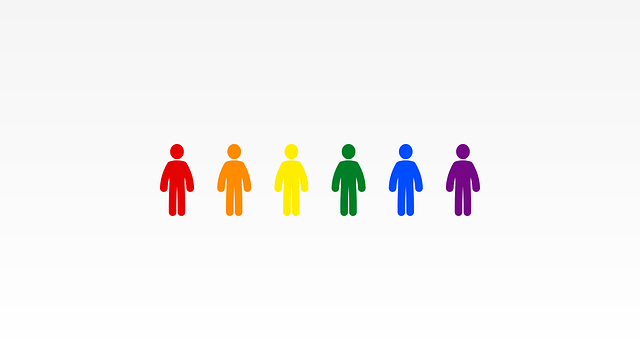
What are Different Activities To Enhance the Communication Skills In Children
The most important part of the healthy communication skill of any child is productive activities that groom them well. But every move does not apply to every child. It depends on the interest mindset set of the child and how they are actively involved in any activity. But every action which is likely to make happiness is suitable for children. Some of the advisable everyday activities for all children are here below:
Engage with Different Types of Communication Skills In Children
As we are talking about communication, better communication depends on how much we try to engage our children in a different type of conversation. These conversations have a subject or object, but ultimately, they positively change the children’s mindset and help improve communication skills. Nowadays, several types of games help to start open-ended conversations with children to enhance their communication skills and understanding. Moreover, it brings the confidence level increase day by day.
Story Telling
According to the children’s level of understanding, please read the story books loudly and ask small questions and answers with them to engage with every sentence. This helps significantly them to enhance the vocabulary and pronunciation of words. Also, they know how to throw the story, which allows them to be a good speaker and encourages them daily to design any level in their mind. When they narrate a story, children will create the account according to what they witness and think about their surroundings silently. So we, parents and caregivers, learn about their approach toward the imagination.
Field Visit
Going outside trips or visiting any place does not make waste as everything and everywhere children are ready to learn new things. Try to help them think creatively and free them to ask random questions. When we bring parents and caregivers always entertain children with questions, their creativity level automatically increases. And they always focus on finding something to discuss with the parents and teachers to feel good.
Art & Craft
Try to engage children with arts and crafts, which increase their creativity. The only way to groom our children is to increase their creativity in any category. Art and crafts are where children try to draw new things, sometimes just from their imaginations.
Educate children while playing
Children are more interested in playing and entertaining. So begin your child’s education and training with that specific activity that pretends to be playing games, but the result will be different. By this, we can get more focused attention from our children in learning.
Final Curl about Communication Skills In Children
Every kind of activity has the objective of bringing our children closer to us. The more we engage our children with us and involve ourselves in healthy activities, the more their communication and mental levels will polish and vice versa. Every child needs attention with affection. So every new activity will be joyful if children get their parents’ and caregivers’ involvement.
Ensure all activities are according to the children’s age level without harmful consequences. In the prior evaluation, we can get to know their daily movement, but we need to see the professional and take their expertise for the proper and accurate assessment.
